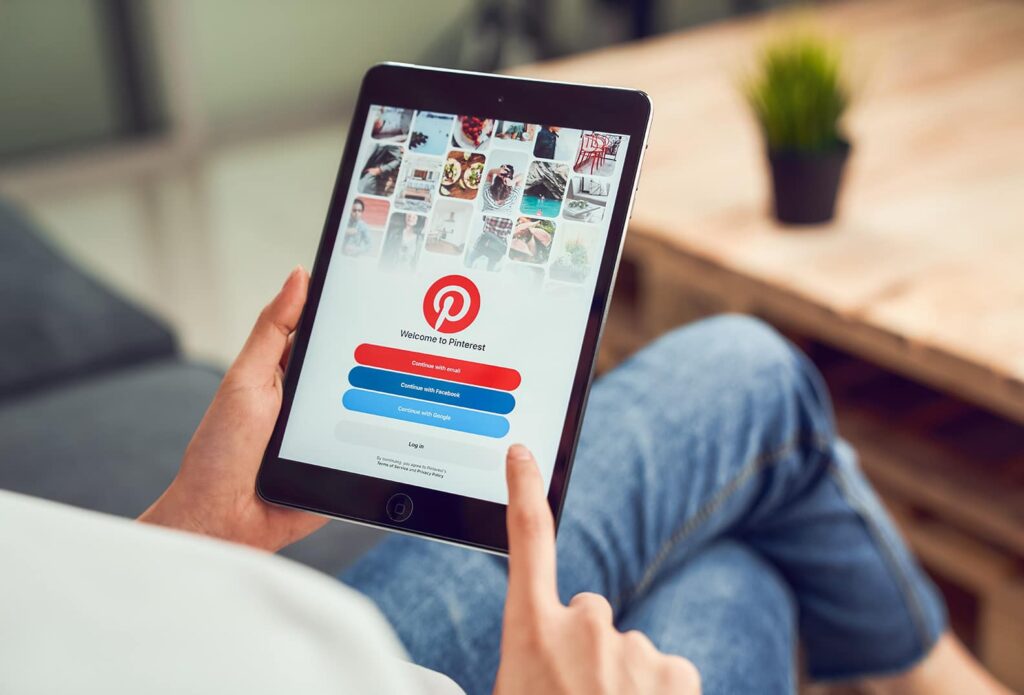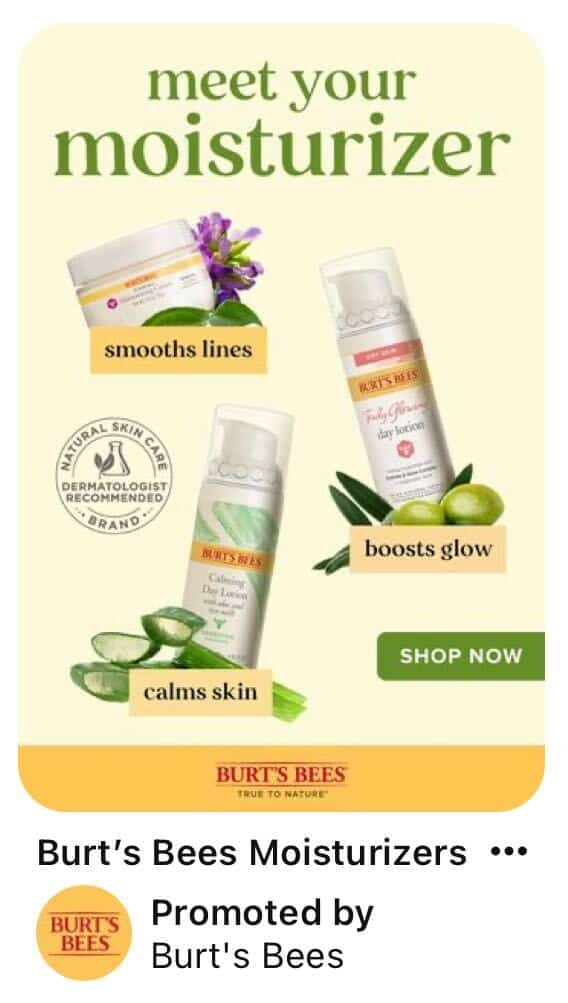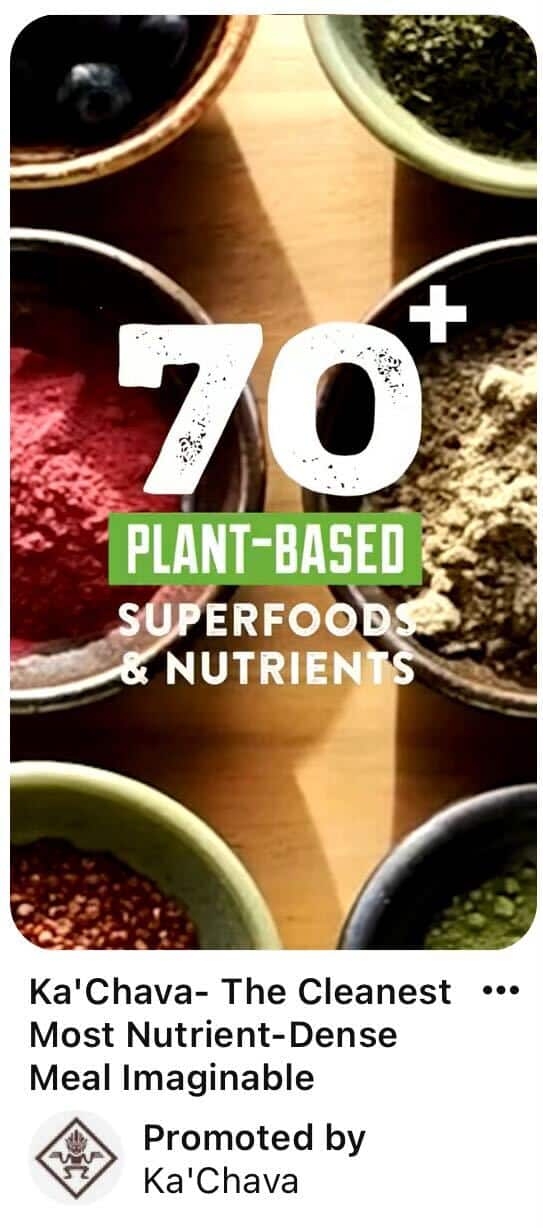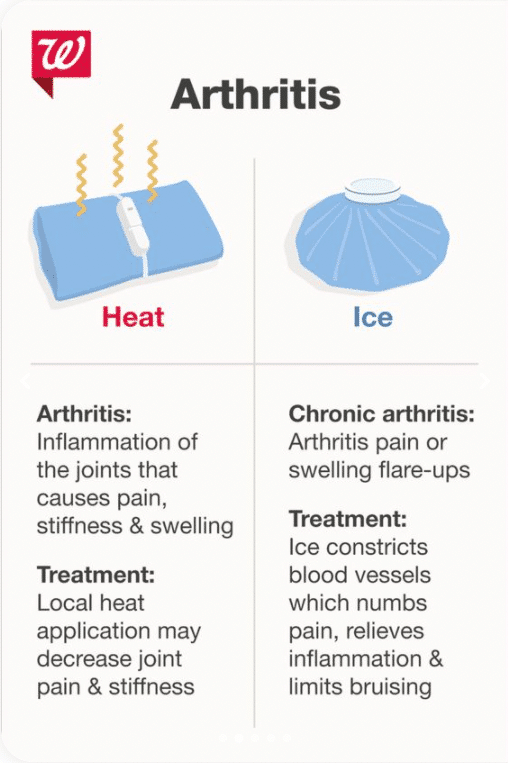How Pinterest can drive meaningful engagement in a post-iOS14 world
As we navigate a post-iOS14 digital landscape we are constantly looking for ways that health, wellness, and lifestyle brands can diversify across social placements and ensure success for our clients. Pinterest is a mature platform with an engaged audience, making it an ideal candidate for testing new placements to achieve your marketing goals.
As of December 2021, Pinterest has approximately 86MM active monthly users in the United States. While this may seem small compared to Facebook’s 262MM monthly users in the United States and Canada, people use the platform in different ways. Pinterest provides unique opportunities to engage with your target audience by curating content that aligns with the native feel of the social platform.
Pinterest’s key tagline is that “Pinterest is for planners.” While other platforms are designed to show what has happened, Pinterest is for planning for what will happen. Many users start their journey on Pinterest months in advance of a purchase, holiday, or event and create boards that live in perpetuity. The behavior on Pinterest is aspirational, users are saving things that inspire and interest them. We believe that Pinterest is a platform ripe with opportunity, especially for health, wellness, and lifestyle brands that can fit into the aspirational nature of the platform.
Historically, Pinterest has been perceived as a female-focused platform, and while it’s true that the user base still skews towards this demographic (76% of US millennial women vs. 40% of millennial men), the male audience is engaged and growing in size. In a recent study by Pinterest, 75% of men are planning to spend more to achieve their goals this year, and are using Pinterest to plan for it. The study found that users see 2022 as more exciting and hopeful than 2021, and are planning on having a comeback year.
Pinterest Advertising Opportunities
Campaign Objectives
There are three key objectives available for advertising on Pinterest to help advertisers achieve various goals of their marketing strategy: Awareness, Consideration, and Sales.
- Awareness Campaign: As a top of the marketing funnel tactic, for an awareness campaign, the key performance indicators (KPIs) are brand or product awareness, reach and frequency (how many users saw your ad, and how often they saw it), or video views. This is a good tactic for brands to increase their impressions and presence with their desired audience at scale.
- Consideration Campaign: When consumers are in the middle of the marketing funnel they are evaluating a consideration set of choices. A consideration campaign focuses on driving website visits, website actions, or app installs. The KPIs for this type of campaign are website visits, clicks, qualified website actions (such as add to cart or purchase), or app installs.
- Sales Campaign: When the campaign goal is sales, then a sales campaign can be leveraged. The KPI for a sales campaign is the return on ad spend (ROAS) and/or incremental sales lift.
Audience Targeting
Pinterest offers the standard demographic options of age, location, device, language, and gender, as well as a handful of platform-specific targeting options. Pinterest is a closed ecosystem, meaning that they are a logged-in environment that operates without cookies. This makes it a future-proof environment for advertisers as more digital platforms migrate away from cookies as a tracking tool.
- Interest & Keyword Targeting: For prospecting/awareness campaigns geared at reaching new customers, there is a multitude of interest and keyword targeting options available.
- Interests are predefined groups based on user activity (for example, yoga, mental health, running).
- Keyword targeting can be used with interest-based targeting to expand the reach of the campaign and highlight specific terms that may not be available as an interest (for example, strengthing yoga, children’s mental health, trail running ).
- These types of targeting are determined by how users are using the platform, for example, pins saved, boards, pins liked, and search behavior.
- Actalike Targeting: Another targeting option for prospecting is an Actalike audience. Similar to Facebook’s Lookalike audience, this uses a seed list of first-party data to find users who “act like” the seed list. For example, an existing customer database can be used as a seed list to find new customers who “act” like them.
- Retargeting: No digital strategy is complete without leveraging tactics to re-engage with those who have previously interacted with your brand. Pinterest has three audience options for retargeting on Pinterest – customer list, visitor retargeting, and engagement retargeting.
- Customer list retargeting helps brands reach existing customers on Pinterest by using a list of emails and mobile IDs.
- Visitor retargeting uses the Pinterest pixel to re-engage users who have interacted with your website.
- Engagement retargeting identifies users who have already interacted with your Pinterest content (pin clicks, saves, etc.).
Ad Types
There are four different types of Pinterest ads:
- Static Pins (standard ad type) – a single image, no movement
- Video Pins – short vertical video
- Carousel Pins – swipeable cards showcasing different images
- Catalog/Shopping Pins – product based pin ads
1) Static Pins (Standard Pinterest Ad Format)
2) Video Pinterest Ad Format
3) Shopping Pinterest Ad Format
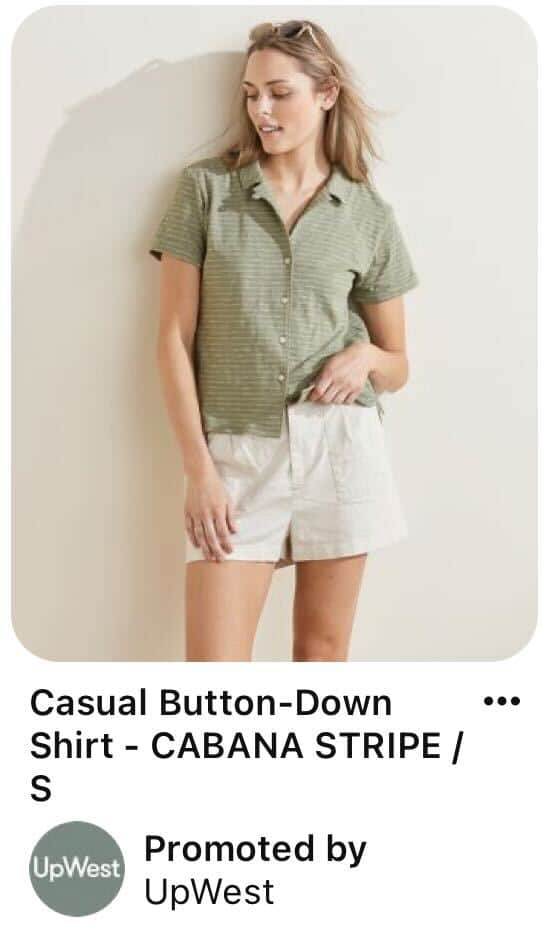
4) Carousel Pinterest Ad Format (user can swipe through multiple pins)
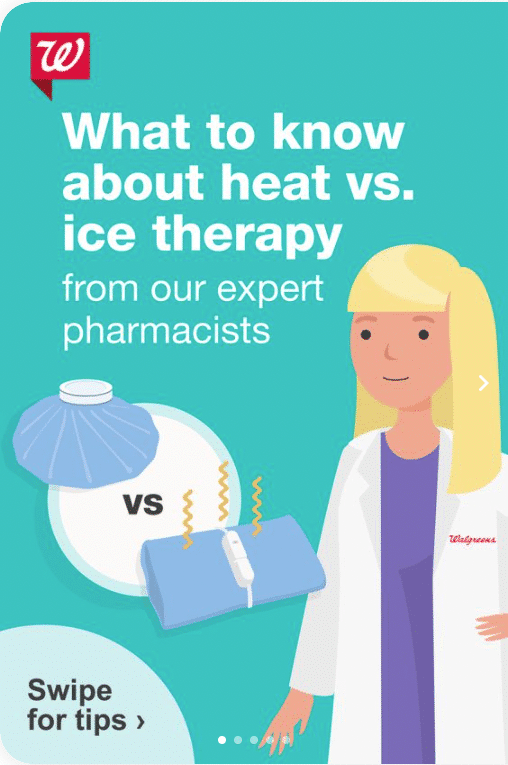
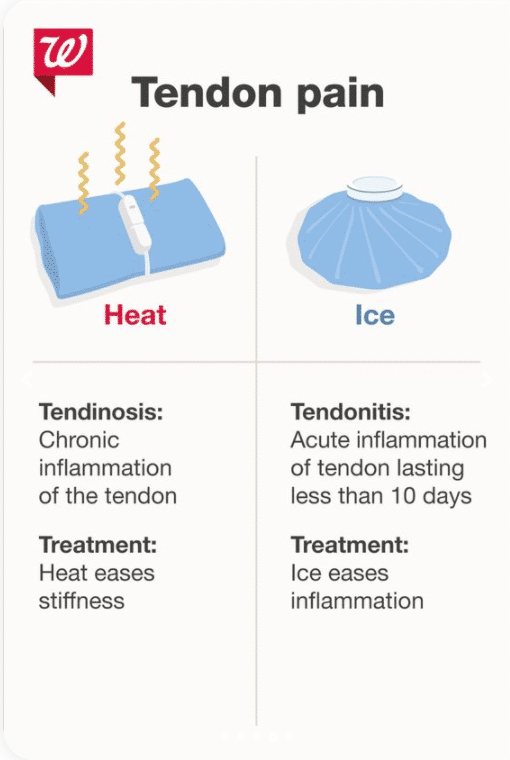
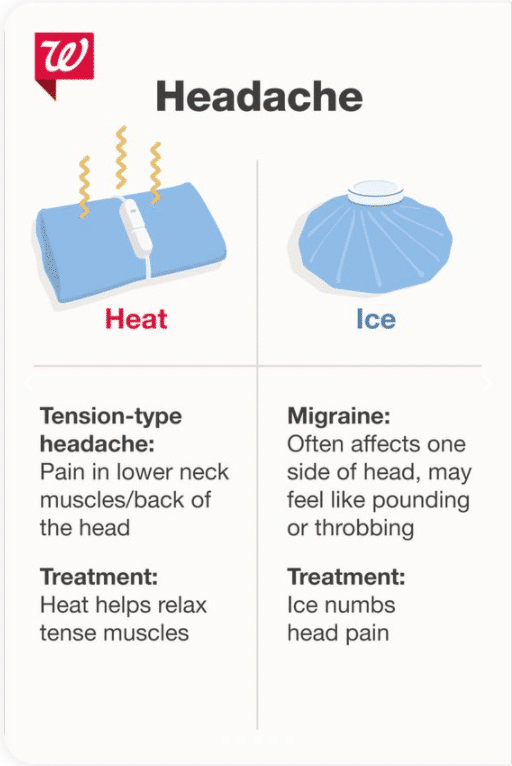
5) Collection Pinterest Ad Format
Creative Best Practices
Great Pinterest creative inspires and intrigues the audience. It should be less focused on a hard sell. Pinterest is a visual-first platform, so your ad creative should be able to tell the whole story on its own. One way to do this is by using text overlay to provide context without needing to open up the pin. Additionally, ads should include the brand logo and colors to increase awareness. Up to 80% of Pinterest users come from mobile devices, so ads should be clean, concise, and optimized for a smaller device. While brands will see conversions from Pinterest, it is important to recognize that it is more of an exploratory/awareness platform. Users are looking for ideas and inspiration, so pins should be helpful, beautiful, and evergreen. Pinterest can be an ideal platform for health, wellness, and lifestyle brands to educate and provide value to users while increasing meaningful awareness along the way.
Pinterest is an established platform with significant opportunities for advertisers to reach their audiences in a unique way. It is important to treat it as its own platform and not just a place to cross-post existing creative from other social placements. When executed properly, brands can activate a highly engaged user base via Pinterest. If you want additional insights into how you can leverage Pinterest for your brand, please contact us to schedule time with one of our digital marketing experts.
